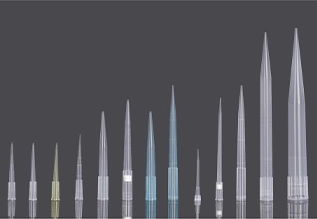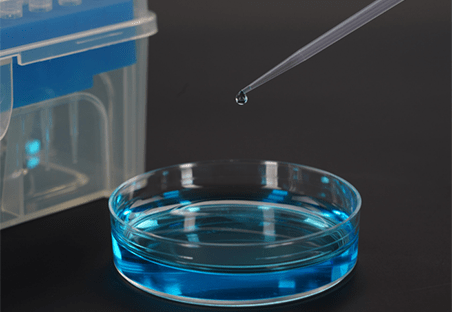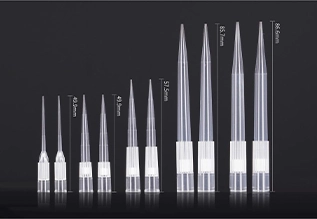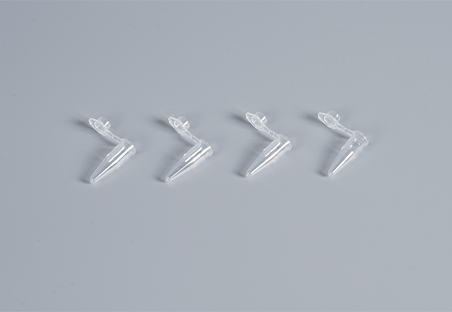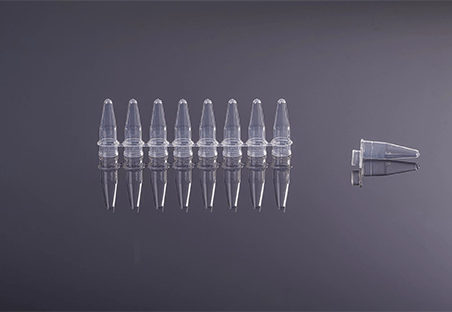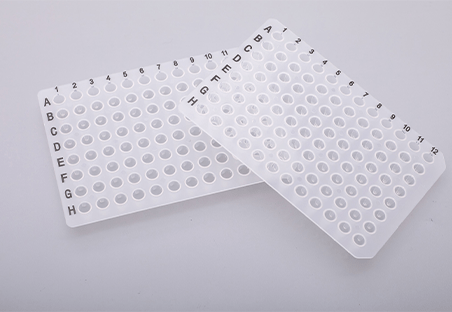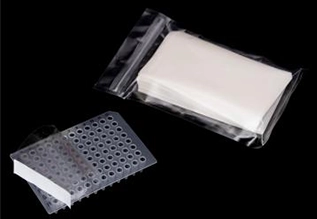The success of any cell culture experiment is dependent on a seemingly simple choice: the cell culture flask. While flasks may appear unremarkable, choosing the right size and features can have a significant impact on cell growth, function, and, ultimately, experimental results. This article discusses three important factors to consider when choosing the best flask for your needs: the type of cells you’re culturing, the expected cell density, and whether you intend to scale up your culture. Understanding these factors and their impact on cell behavior will help you ensure that your flask is the best fit for your experiment.
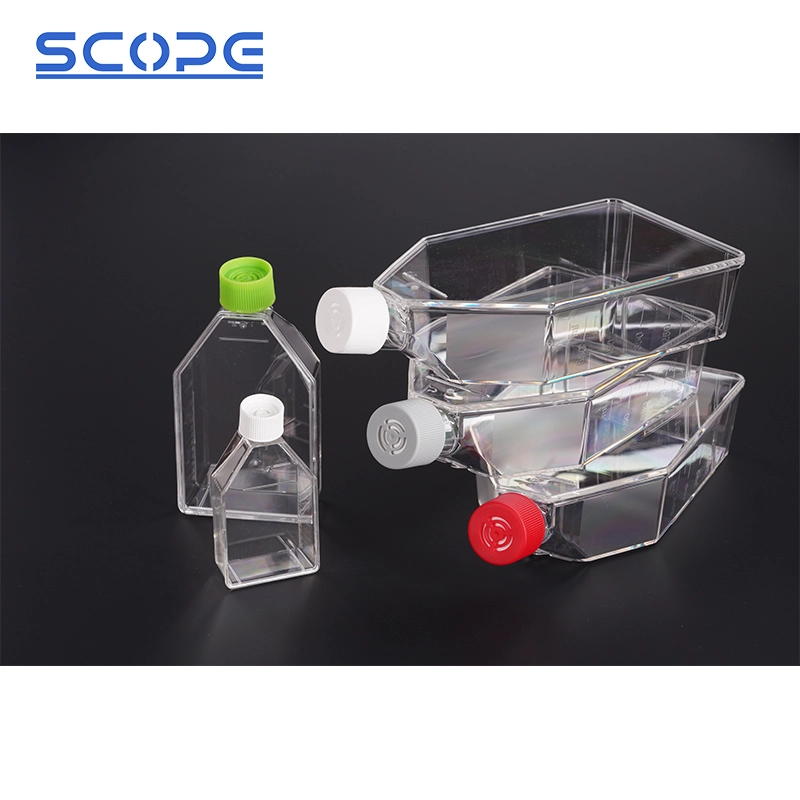
1. What Type of Cells Are You Culturing?
The type of cells you are culturing is absolutely crucial when choosing a cell culture flask, and here’s why.
Adherent vs. Suspension Cells:
- Adherent Cells: These cells become attached to a surface. They need a flask with a treated surface that encourages cell adhesion. This treatment typically consists of a thin layer of proteins or extracellular matrix components that mimic the cells’ natural environment. Common treatments include tissue culture-treated polystyrene, collagen, and fibronectin. Adherent cells will not attach and grow properly unless this treatment is administered.
- Suspension Cells: These cells float freely in the culture medium. They do not require a special surface treatment and can even be inhibited by a treated flask. Untreated flasks with a smooth, non-sticky surface are ideal for suspension cells.
Here’s a deeper dive into how cell type influences flask choice:
- Adherent Cell Attachment and Growth: The treated surface provides anchor points for cells to attach and spread. Different treatments may be more appropriate for specific cell types. For example, some primary cells may require a collagen coating for proper attachment.
- Cell Morphology and Function: Surface treatment can also affect the shape and function of adherent cells. For example, some treatments may encourage the formation of cell-cell junctions, which are required for certain cellular processes.
- Shear Stress: Suspension cells are sensitive to shear stress, or the force exerted by the culture medium as it flows over the cells. Untreated flasks reduce stress by providing a smooth surface for cells to move freely in the medium.
Examples of How Cell Type Affects Flask Choice:
- Fibroblasts: These are adherent cells that normally grow well in standard tissue culture flasks.
- Lymphocytes: These are suspension cells that would not adhere to a treated flask and would be more appropriate for an untreated flask.
- Stem Cells: Certain stem cells can grow in both adherent and suspension cultures. The flask you use will be determined by the specific differentiation pathway you want to achieve.
Understanding your cell type’s specific requirements allows you to select a flask that provides the best environment for growth, function, and survival.
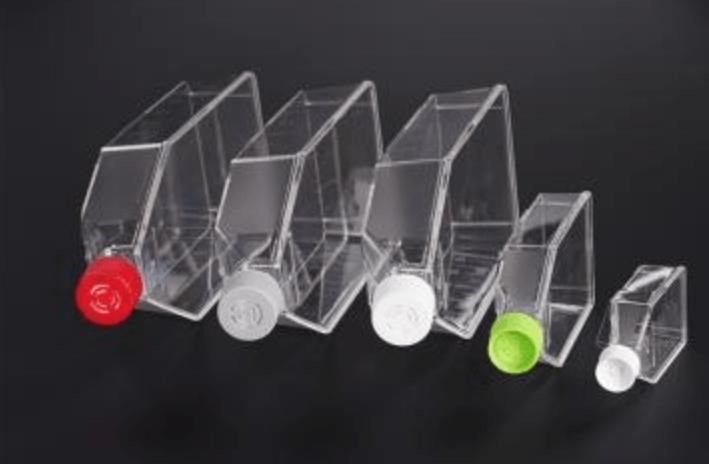
2. What Is the Expected Cell Density?
When selecting a cell culture flask, it’s important to consider cell density (number of cells per unit area, typically cm²). Here’s an explanation of why it matters:
- Available Growth Area and Cell Seeding Density: The flask’s growth surface area determines how many cells can be cultured comfortably. Seeding too many cells in a small flask causes overcrowding, which can impede growth and viability, and even result in cell death due to nutrient depletion and waste product buildup.
- Cell-Cell Interactions and Signaling: Many cells rely on interactions with their neighbors to grow and function properly. These interactions can be physical (cell-cell junctions) or chemical (signaling molecules). These interactions require a certain level of density to be effective.
- Oxygen and Nutrient Availability: As cells grow and divide, their oxygen and nutrient requirements rise. In a crowded flask, the diffusion of these essential elements from the culture medium to the cells is limited. A flask size appropriate for the expected cell density ensures that cells have adequate access to these critical resources.
- Different Cell Types and Densities: Different cell lines have unique growth requirements and optimal density ranges. For example, some cancer cells can grow to high densities, whereas primary cells typically require lower densities for optimal health.
Here’s how cell density can influence flask choice:
- Low Density Cultures: If you’re initiating a culture from a small number of cells or require them to remain relatively sparse, a smaller flask (T25 flasks) is ideal. This provides enough space for initial attachment and proliferation without overcrowding.
- High Density Cultures: If you need to achieve a high cell density for your experiment, a larger flask (T75 flasks or T175 flasks) is necessary. This offers more surface area for cell growth and allows for a higher initial seeding density.

3. Do You Plan to Scale up Your Culture?
We consider the question “Do you plan to scale up your culture?” when choosing a cell culture flask for a few key reasons:
Cost-Effectiveness and Planning
- Reduced Media and Flask Changes: Larger flasks (T75 flasks or T175 flasks) hold more culture medium, reducing the number of media changes required compared to smaller flasks (T25 flasks). This saves time and labor while lowering the cost of the culture medium.
- Minimizing Passaging: Scaling up in the same flask eliminates the need for multiple passages (transferring cells to a new flask) in the early stages. Each passage can cause stress to the cells, potentially affecting their growth or function.
Efficiency and Consistency
- Maintaining Culture Conditions: Scaling up in the same flask type minimizes changes to the cell culture environment. This promotes consistent cell growth and behavior throughout the experiment.
- Adapting to Larger Volumes Gradually: Starting with a larger flask allows cells to gradually adjust to a larger volume of culture medium. This is especially important for certain cell lines that are sensitive to sudden changes in their environment.
Planning for the Future
- Avoiding Flask Transfers Later: Choosing a larger flask right away eliminates the need to transfer cultures to a larger flask later if you decide to scale up. This saves time and reduces the likelihood of contamination during the transfer.
- Flexibility for Downstream Applications: If you need to harvest a large number of cells for your experiment, a larger flask will provide you with more starting material. This can be critical for later applications such as protein purification or cell therapy.
Additional considerations
- Not all experiments need large-scale cultures. If you only need a small number of cells, a T25 flask may suffice.
- Limited incubator space may necessitate starting with smaller flasks.
- The availability of various flask sizes from your supplier can also impact your decision.
Finally, by considering whether you intend to scale up your culture, you can select a flask size that is both economical and efficient for your specific experiment and future requirements.
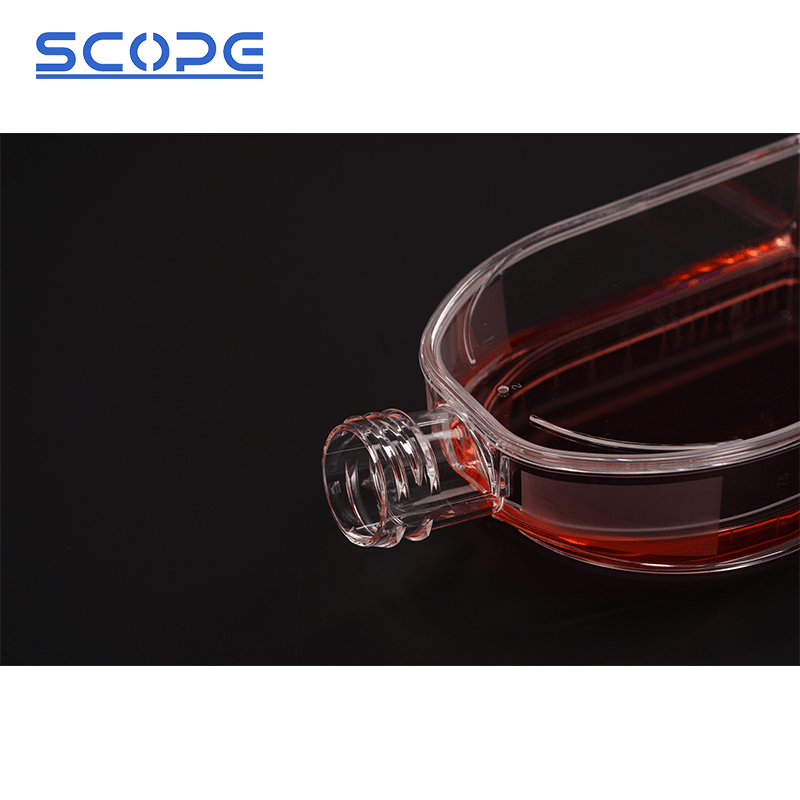
Conclusion
Selecting the appropriate cell culture flask is not a one-size-fits-all decision. You can create the optimal environment for cell growth and function by taking into account the type of cells you’re culturing, their expected density, and your plans for scaling up. This not only optimizes your experiment, but also saves time, money, and reduces the possibility of contamination. For more information on T25 cell culture flasks, T75 cell culture flasks, and T175 cell culture flasks, please click: Choosing the Right Cell Culture Flask for Your Cells: T25 vs. T75 vs. T175 Explained.
